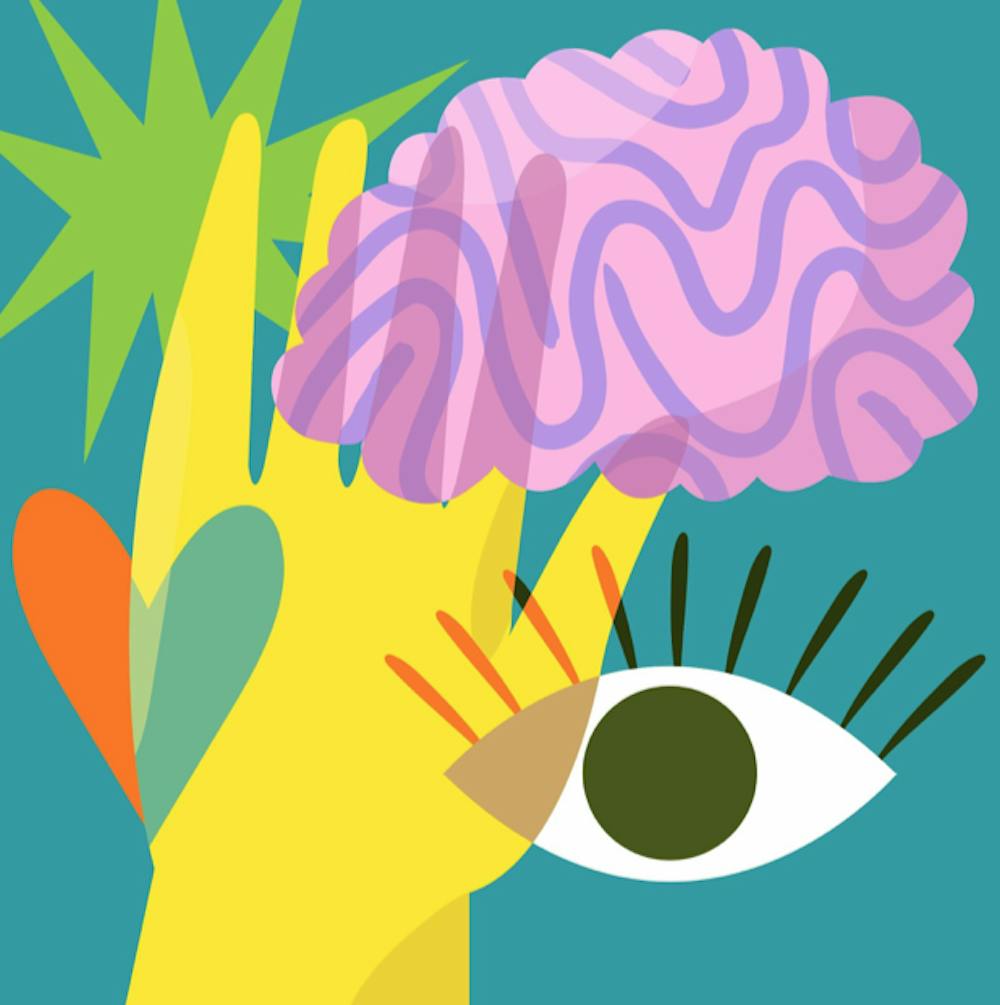The word “intelligence” is typically used to describe cognitive abilities like perception, learning, understanding, and reasoning. However, the concept of intelligence can also apply to a wide range of categories in which people develop knowledge and skills. New Beginnings High School in Lakeland, Winter Haven, and Fort Meade explore the value of recognizing and cultivating multiple intelligences to enrich the learning experience while supporting diverse student capabilities.
Different Forms of Intelligence
Howard Gardner’s Theory of Multiple Intelligences (MI) proposes that humans have a range of intellectual competencies, which he breaks into the following categories:
Spatial
Linguistic
Logical/mathematical
Musical
Body (kinesthetic)
Intrapersonal
Interpersonal
Naturalistic
His theory states that individuals have different profiles (or levels of competency) in various areas based on factors like genetics and experience. In his research, Gardner posited that understanding individual profiles could allow educators to tailor instruction to student competencies to promote learning.
The difficulty lies in creating standards for measurement. How are profiles created, and how can educational methods be designed to match student competencies? How are these competencies recognized? Finally, what is the ideal way to cultivate multiple intelligences?
Defining Multiple Intelligences
Recognizing multiple intelligences in students starts with defining each category and what it encompasses.
Under Gardner’s theory, spatial intelligence centers on visualizing the world in three dimensions and navigating it. Linguistic intelligence involves understanding language and using it to express oneself, while logical-mathematical competency allows students to quantify things, create hypotheses, and prove them. Musical intelligence focuses on detecting and understanding sounds to apply musical expression. Bodily-kinesthetic intelligence is all about mind-body connection and coordination.
Developing intrapersonal and interpersonal intelligence is also important for students. Intrapersonal intelligence focuses on understanding one’s feelings and desires, while interpersonal intelligence relates to sensing and understanding the feelings and motivations of others.
Finally, naturalistic intelligence connects students to the natural world through an understanding of living things and larger ecosystems.
Educating With Multiple Intelligences in Mind
Developing multiple intelligences has the potential to help students expand their prospective career paths, but Gardner’s theory lacks operational definitions, standards for measurement, and educational curricula that would support practical application.
However, educational institutions that study and value MI theory may still develop programs and methods for their campuses and their classrooms to help individual students learn effectively and develop multiple intelligences.
Why Is It So Important to Develop Multiple Intelligences?
At New Beginnings High School, we recognize that students have different capabilities and challenges that impact how they learn.
Students exposed to curricula that focus on multiple intelligences and varied approaches to learning have the best opportunity to gain confidence in their unique capabilities and develop areas in which they may not be as strong. This expands the opportunities students have to learn, grow, and connect with others in the school setting and into their adult years.
About New Beginnings High School
Launched in 2011, New Beginnings High School is a non-traditional charter school based in Central Florida that offers personalized academic options for students aged 15-24 who want to earn their high school diploma. New Beginnings High School in Lakeland, Winter Haven, and Fort Meade serves over 1,000 students.





The Daily News welcomes thoughtful discussion on all of our stories, but please keep comments civil and on-topic. Read our full guidelines here.